Ground shipping is currently paused. Local deliveries throughout Long Island will continue as usual. Pre-orders for fall are now open. Non-local orders will begin shipping again in early September. Click here to learn more.
Ground shipping is currently paused. Local deliveries throughout Long Island will continue as usual. Pre-orders for fall are now open. Non-local orders will begin shipping again in early September. Click here to learn more.
| Common Name | |
|---|---|
| Type | |
| Family | |
| Native? | |
| Zone | 4, 5, 6, 7, 8, 9 |
| Height Range (ft.) | 30 to 50 |
| Spread (ft.) | 20 to 30 |
| Sun | |
| Water | |
| Maintenance | |
| Suggested Use | naturalized areas, Shade Tree, specimen tree, wetland gardens, Woodland Garden |
| Tolerate | |
| Attracts | |
| Growth Rate |
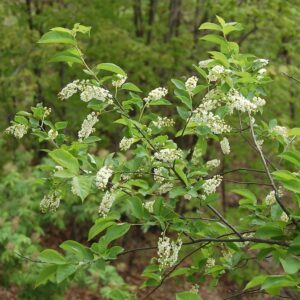
Black Tupelo is a native shade tree with glossy green foliage, brilliant fall color, and fruit for birds. Ideal for rain gardens, pollinator support, and large landscapes.
$35.99 – $53.99Price range: $35.99 through $53.99
Please note: Sizes 1.5 Gallon and up can’t be shipped outside the counties of Nassau, Suffolk, and Queens.
Learn more about how the process works and how our plants are delivered.
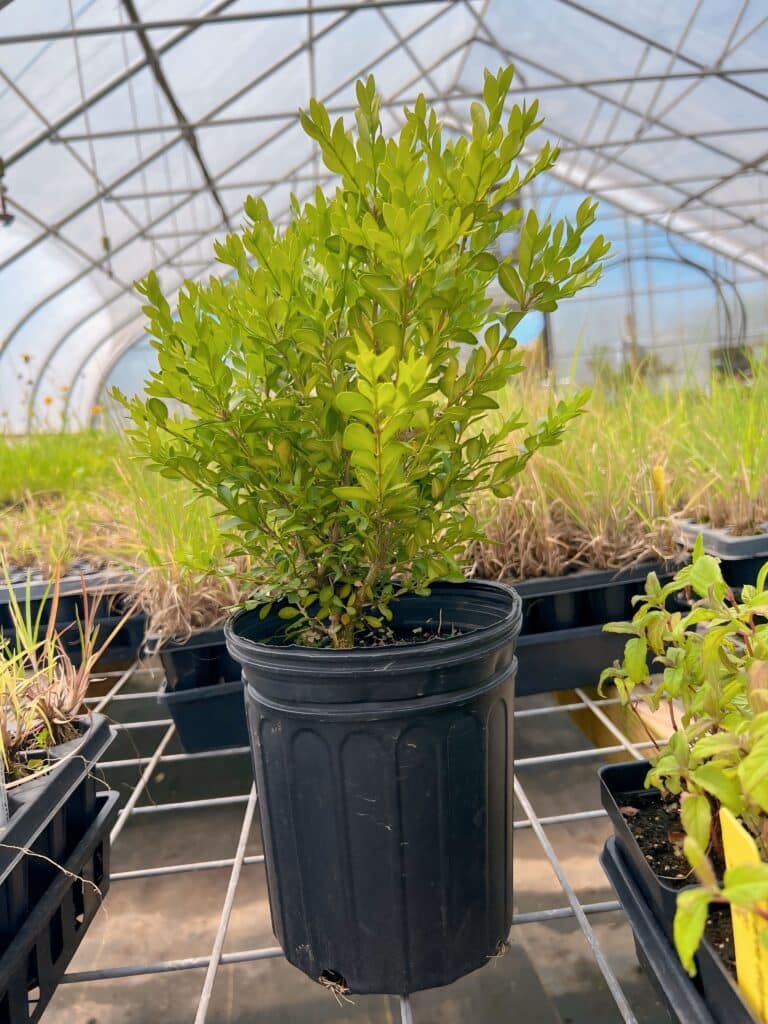

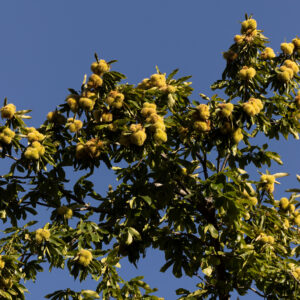
Ground shipping is paused due to summer heat. Only local delivery (Long Island & Queens) is available. Orders placed during the pause will begin processing September 1, and ground shipping will resume September 15.
| Common Name | |
|---|---|
| Type | |
| Family | |
| Native? | |
| Zone | 4, 5, 6, 7, 8, 9 |
| Height Range (ft.) | 30 to 50 |
| Spread (ft.) | 20 to 30 |
| Sun | |
| Water | |
| Maintenance | |
| Suggested Use | naturalized areas, Shade Tree, specimen tree, wetland gardens, Woodland Garden |
| Tolerate | |
| Attracts | |
| Growth Rate |
Nyssa sylvatica, commonly known as Black Tupelo or Black Gum, is one of the most stunning and ecologically valuable native trees in eastern North America. Growing 30 to 50 feet tall with a pyramidal shape in youth and a spreading crown at maturity, this deciduous tree offers a strong structure, glossy dark green leaves, and spectacular fall color in fiery shades of red, orange, and yellow.
In spring, it produces small, greenish-white flowers that are an early nectar source for bees. By fall, its dark blue fruit ripens and attracts a wide variety of birds and mammals. Black Tupelo thrives in full sun to part shade and adapts well to moist, acidic, or clay soils, including areas with periodic flooding. Its resilience, wildlife value, and ornamental qualities make it an ideal choice for home landscapes, rain gardens, and native restoration projects.
Vibrant fall color—reds, oranges, and yellows all on the same tree
Supports pollinators in spring and birds in fall with flowers and fruit
Thrives in a variety of soils, including wet and clay conditions
Prefers full sun to part shade and acidic, moist, well-drained soil
Tolerates wet soils, clay, and periodic drought once established
Minimal pruning required; best shaped while young
Use as a native shade tree or feature tree in large yards and open spaces
Excellent for rain gardens, pollinator corridors, or bird-friendly landscapes
Pair with understory shrubs and native perennials for a layered habitat
Nectar source for native bees and honey bees in spring
Fruit supports robins, woodpeckers, thrushes, and mammals
Provides critical shelter and nesting sites for wildlife
Enhances soil stability and contributes to ecosystem health
/5
Total reviews
|
|
Persons recommended this product
Anonymous
Shopper
check_circle Verified
Shop owner replied
Was this helpful
Anonymous
Shopper
check_circle Verified
Shop owner replied
Was this helpful
There are no reviews yet.
Be the first to review “ ”
Your feedback helps us improve our service.
Please log in to submit a review.
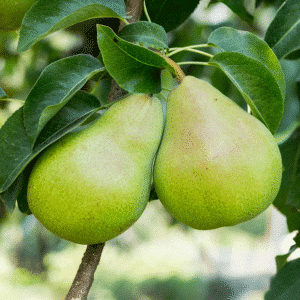
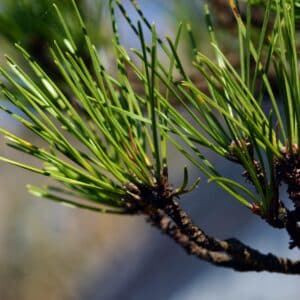
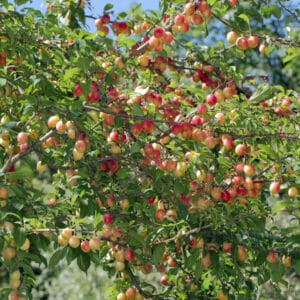
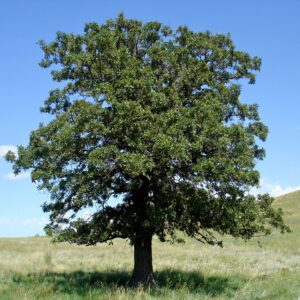
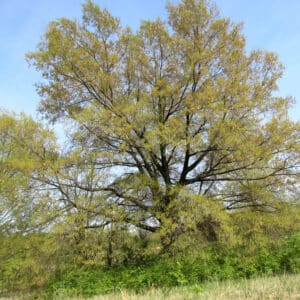
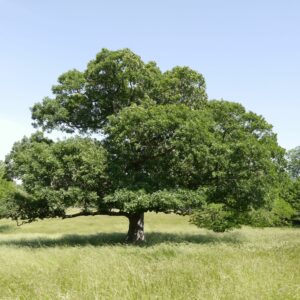
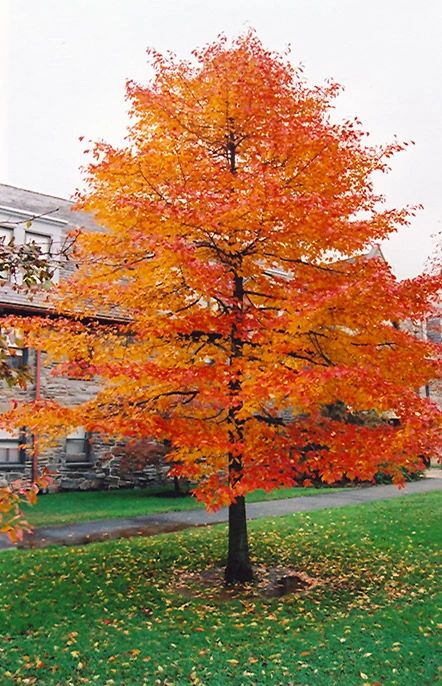
Black Tupelo is a medium to large deciduous tree, typically growing 30 to 50 feet tall with a spread of 20 to 30 feet. It develops a pyramidal shape when young, maturing into a rounded, irregular crown, making it ideal for shade, specimen planting, or naturalistic landscapes.
Black Tupelo grows best in full sun to partial shade and prefers moist, acidic, well-drained soils. It’s adaptable to clay, loam, and sandy soils, and tolerates periodic flooding as well as moderate drought once established. It’s an excellent choice for wetland edges, woodlands, and rain gardens.
Black Tupelo is renowned for its outstanding fall color, with leaves turning brilliant shades of red, orange, yellow, and even purple, often all on the same tree. Its summer foliage is dark green and glossy, and its unique bark, resembling alligator skin as it matures, adds winter interest.
Absolutely! Black Tupelo is a high-value wildlife tree. Its small bluish-black fruits (called drupes) are loved by songbirds, turkeys, deer, and small mammals. The flowers, while not showy to humans, are an excellent nectar source for bees, including native and honey bees.
Black Tupelo is not typically browsed by deer once established, though young trees may need protection in areas with high deer pressure. It’s generally low-maintenance, disease-resistant, and long-lived, making it a great native alternative to non-native ornamental trees.
Our gift cards make it easy to share the beauty of plants, flowers, and all things green. Whether for a special occasion or just because, give the gift of choice and let them select their favorites to create a garden they’ll cherish.
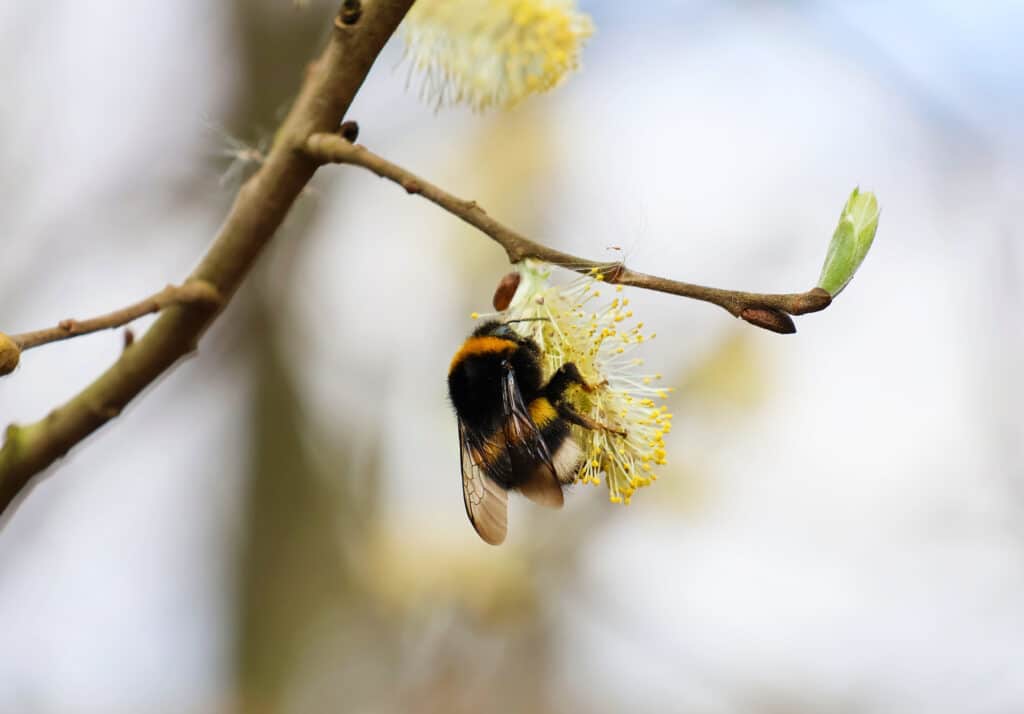
Only Local Delivery Available (Long Island & Queens)
Ground Shipping Paused
To protect our plants from extreme summer heat, we’ve paused nationwide ground shipping to avoid any damage during transit.
Local Delivery Only
We’re still delivering locally to Long Island and Queens, so nearby customers will continue to receive orders as usual.
Fall Pre-Orders Are Open Nationwide!
We will resume normal shipping for non-local orders placed during the pause in early September.
Thank you for your support and understanding—we’re looking forward to growing with you this fall!